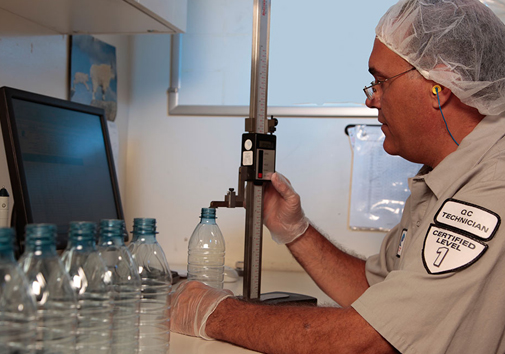Expanded polystyrene foam, also called EPS, is an extremely durable material used in a wide variety of consumer products. These can be found almost everywhere, at your local grocery store (plates, cups, food containers, etc.) and at your local electronics store (insulation for refrigerators, cooler boxes, etc.), plastic plates made of styrene, boxes CDs, and cloth hangers are all made of styrene. It is also an excellent insulating material.
The durable EPS foam in Hawaii starts with very small balls, which are also known in texture as sand-like grains.

To make EPS foam blocks from these small raw beads, they must be "blasted" into larger beads, about 50 times their original size. This is known as the pre-expansion process. Depending on the desired density, the pearls are blown with the help of steam in a machine called an expander or steam.
An expander can be a simple manual machine in which workers place raw materials and then ignite steam. Or it could be a machine that automatically removes the material. At this stage, the beads – up to 50 times their original size – are called pellets and are ready to print.
Regardless of which pre-expander is used, the foamed beads all flow into what is called a fluidized bed dryer, where they are dried and stabilized before being transported to a storage silo.
The next step is to form elongated beads. There are 2 shape options. The molding machine is used to form the foam into the desired shape and size. The expanded EPS beads are poured into the press for a second steam heating. This causes the foam to swell and press against each other until it becomes a whole foam.